Features From the Issue
-
Features
America’s Chinatowns
Dozens of digs and collections are revealing the culture, diversity, and challenges of the first Chinese Americans
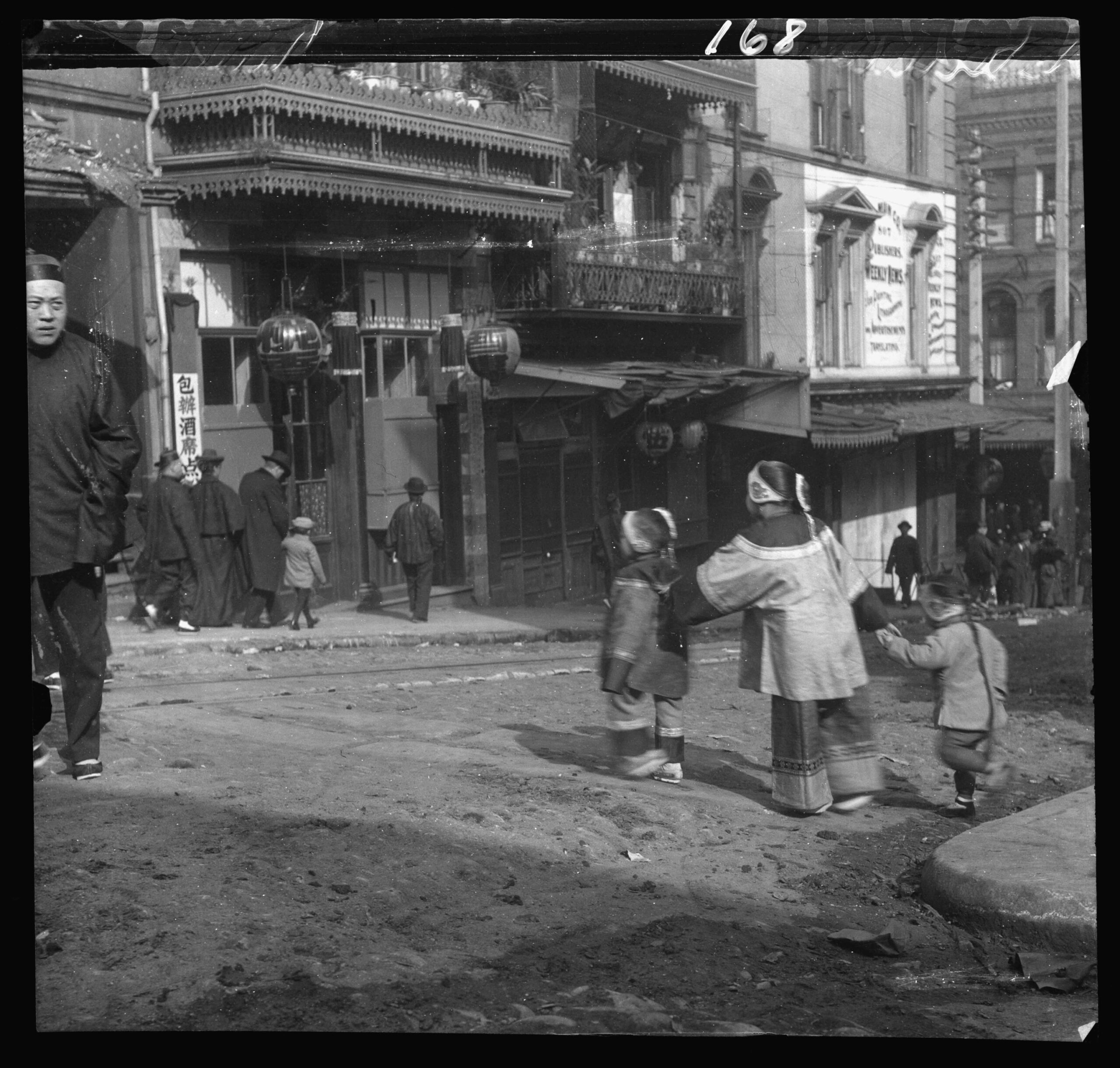 (Library of Congress Prints and Photographs Division Washington, D.C.)
(Library of Congress Prints and Photographs Division Washington, D.C.) -
Features
Searching for the Comanche Empire
In a deep gorge in New Mexico, archaeologists have discovered a unique site that tells the story of a nomadic confederacy's rise to power in the heart of North America
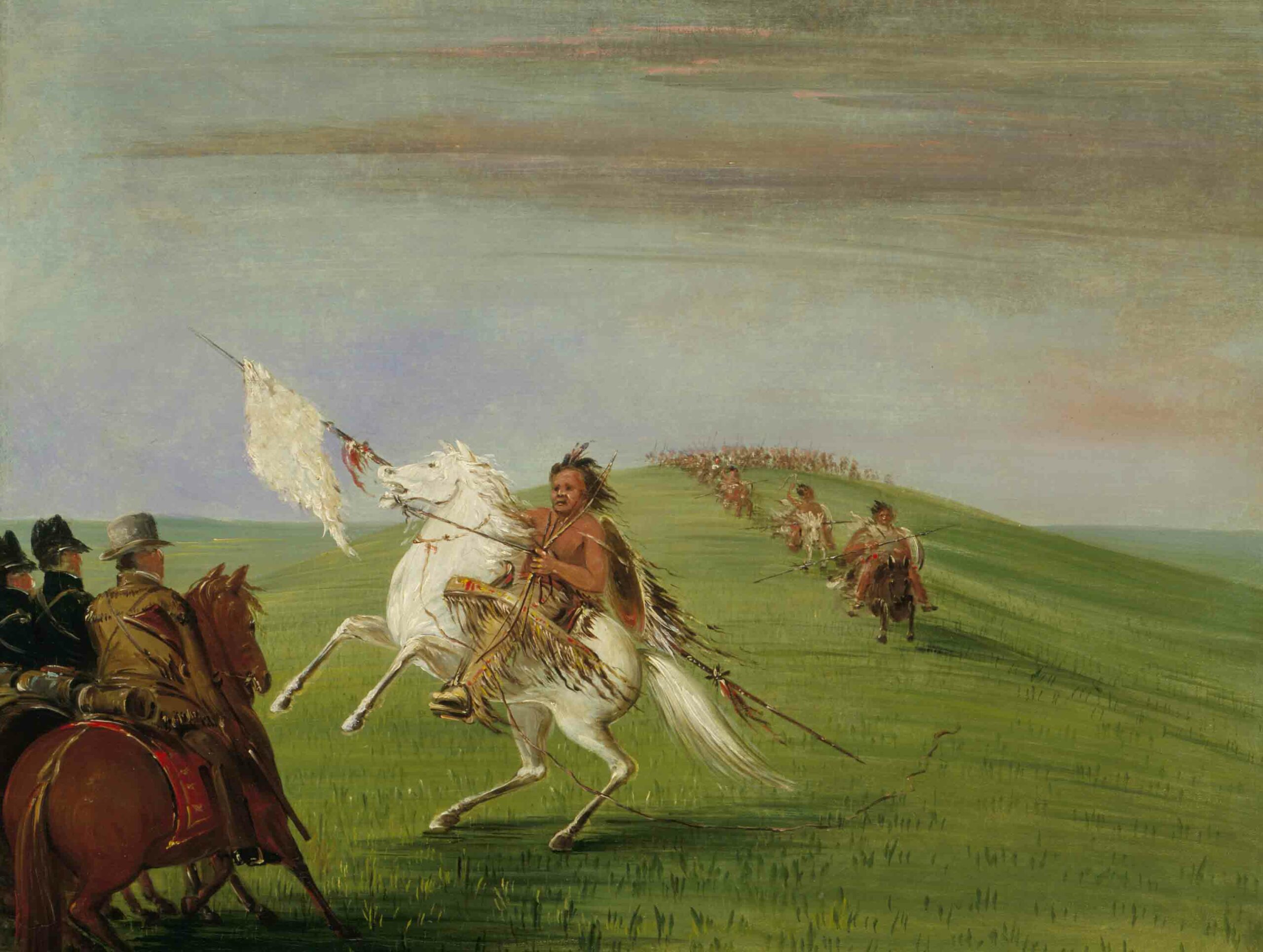 (Smithsonian American Art Museum, Washington, DC/Art Resource, NY)
(Smithsonian American Art Museum, Washington, DC/Art Resource, NY) -
Features
Mosaic Masterpiece
A splendid fifth-century church is evidence of a thriving Byzantine community
-
Features
Pieces of the Song Dynasty
Investigating a hub of Chinese porcelain manufacture
-
Features
Beyond the Palace Walls
Nothing is quite what it seems in Egypt's ancient city of Amarna
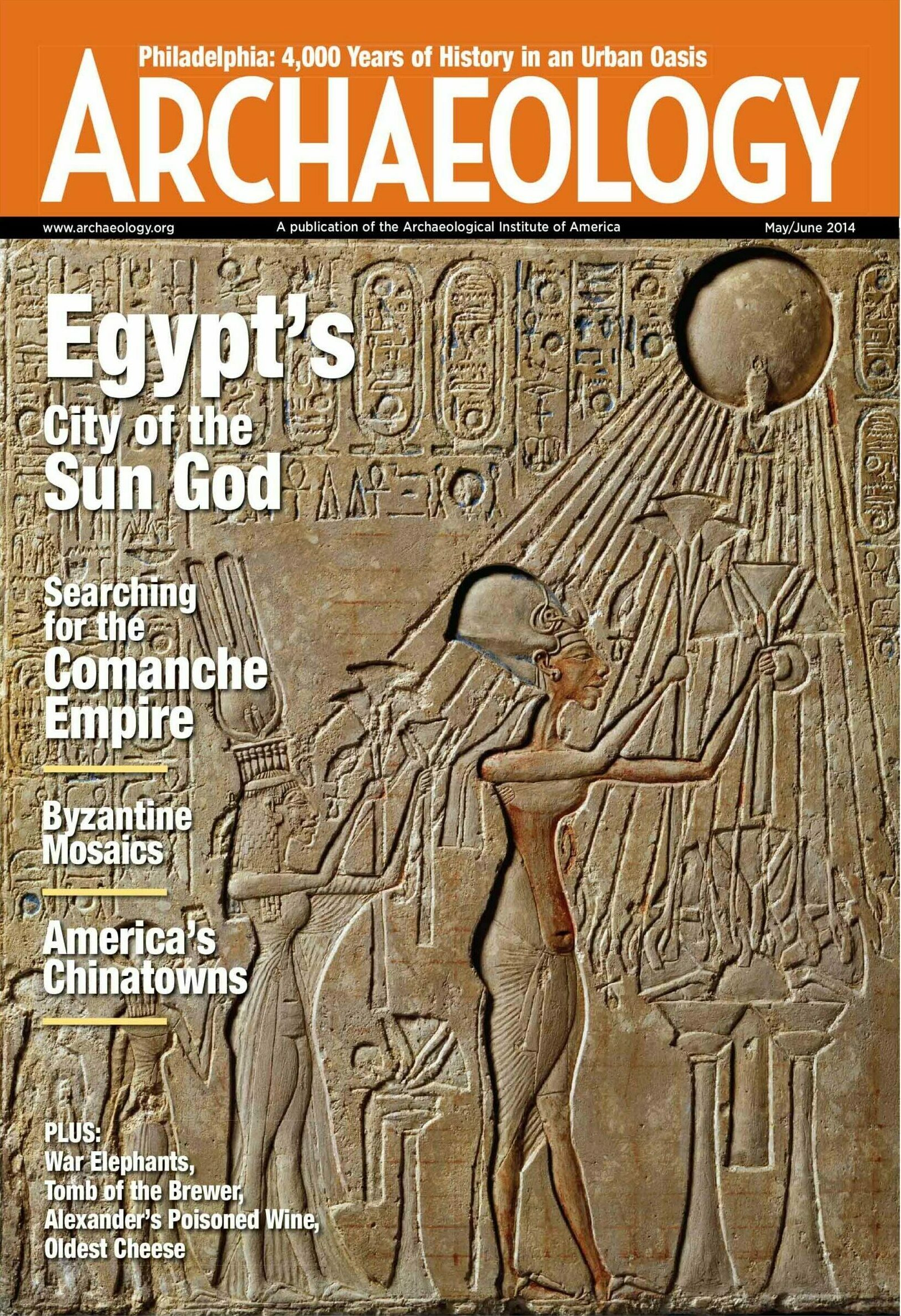
Letter from Philadelphia
Letter from Philadelphia
City Garden
The unlikely preservation of thousands of years of history in a modern urban oasis

Artifact
Artifacts
Roman Ritual Deposit

Digs & Discoveries
-
Digs & Discoveries
A Brief Glimpse into Early Rome
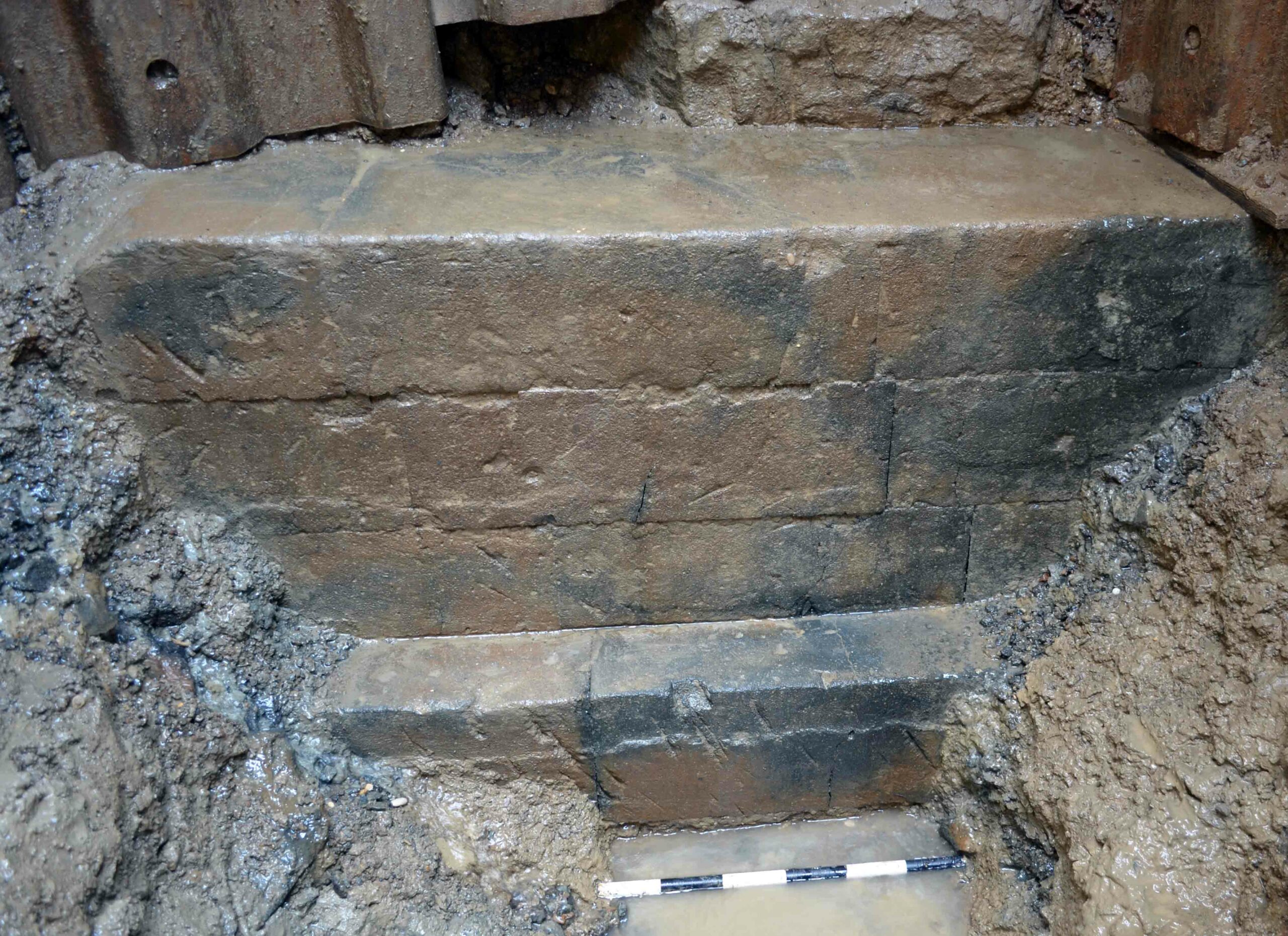 (Courtesy Dan Diffendale/Sant'Omobono Project)
(Courtesy Dan Diffendale/Sant'Omobono Project) -
Digs & Discoveries
Port of the Pyramids
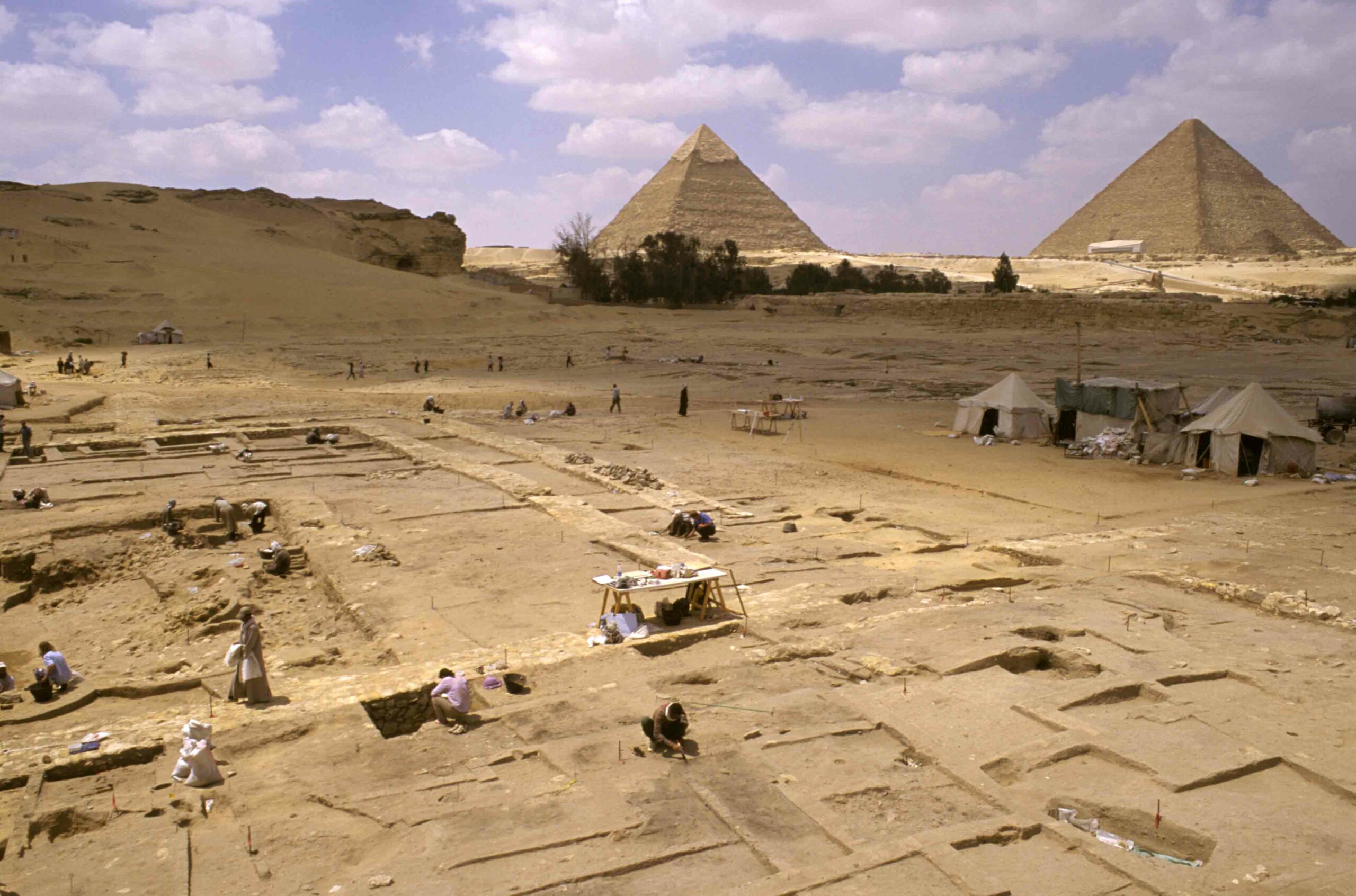 (Courtesy Mark Lehner, AERA)
(Courtesy Mark Lehner, AERA) -
Digs & Discoveries
Hardening Brittle Bones
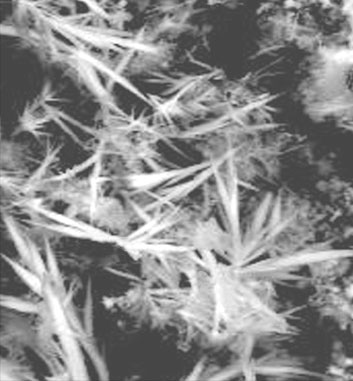 (Courtesy Luigi Dei, University of Florence)
(Courtesy Luigi Dei, University of Florence) -
Digs & Discoveries
First American Family Tree
 (Courtesy Sarah Anzick)
(Courtesy Sarah Anzick) -
Digs & Discoveries
Recreating Nordic Grog
 (Courtesy National Museum of Denmark)
(Courtesy National Museum of Denmark) -
Digs & Discoveries
The Goddess' Brewer
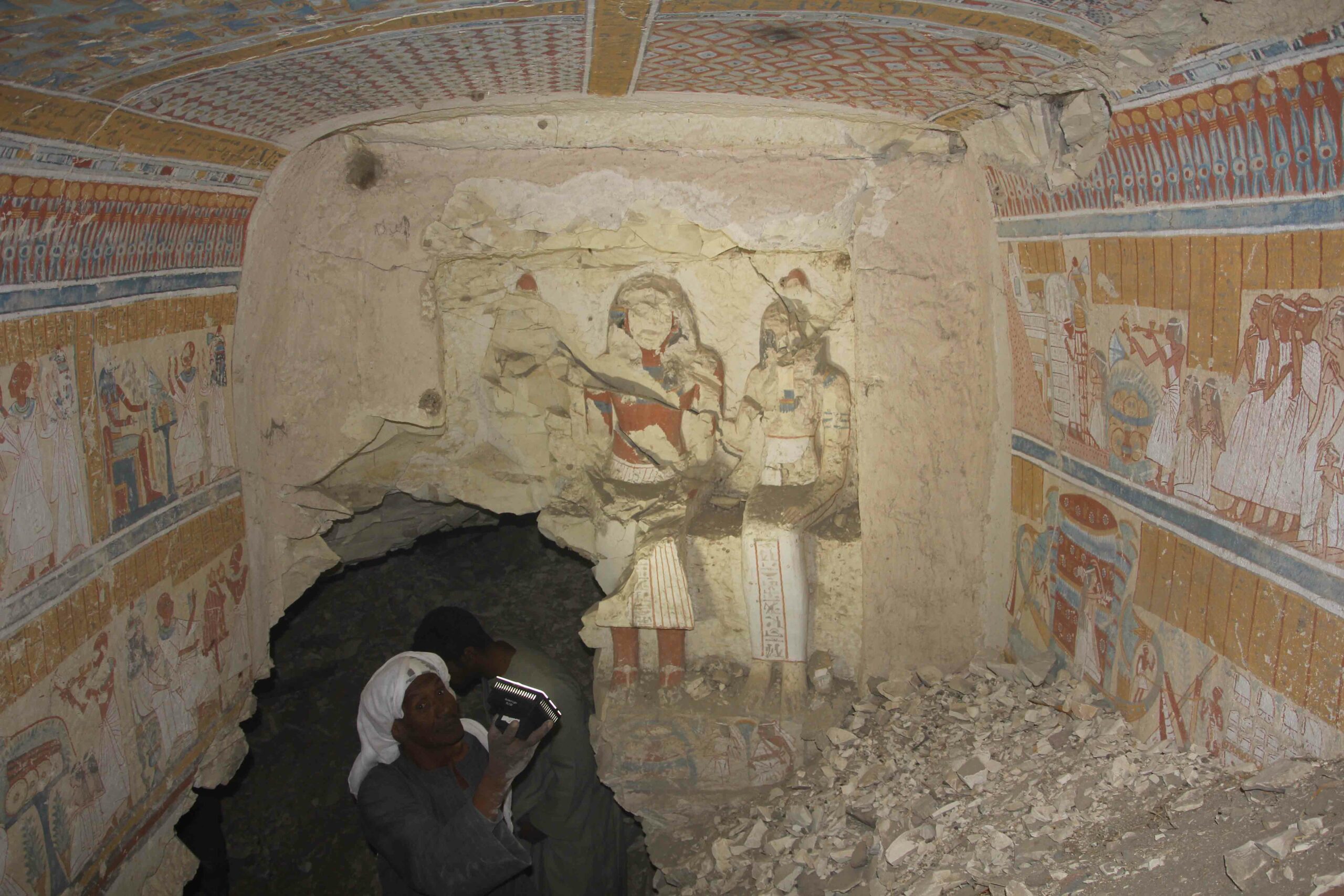 (Courtesy Institute of Egyptology/Waseda University)
(Courtesy Institute of Egyptology/Waseda University) -
Digs & Discoveries
Peeping through the Leaves
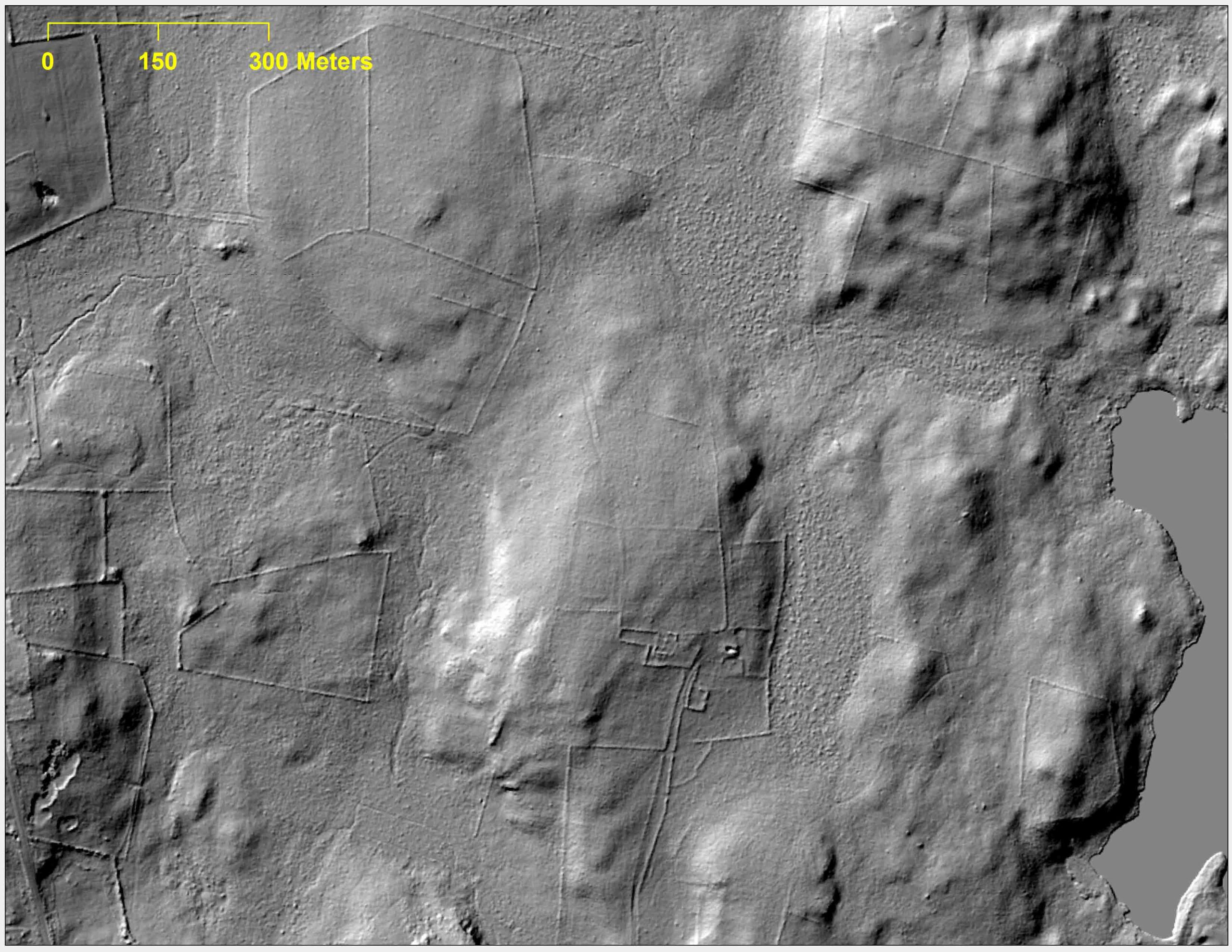 (Courtesy Connecticut Environmental Conditions Online (CTECO), Courtesy 2010 USDA NRCS)
(Courtesy Connecticut Environmental Conditions Online (CTECO), Courtesy 2010 USDA NRCS) -
Digs & Discoveries
Clash of the War Elephants
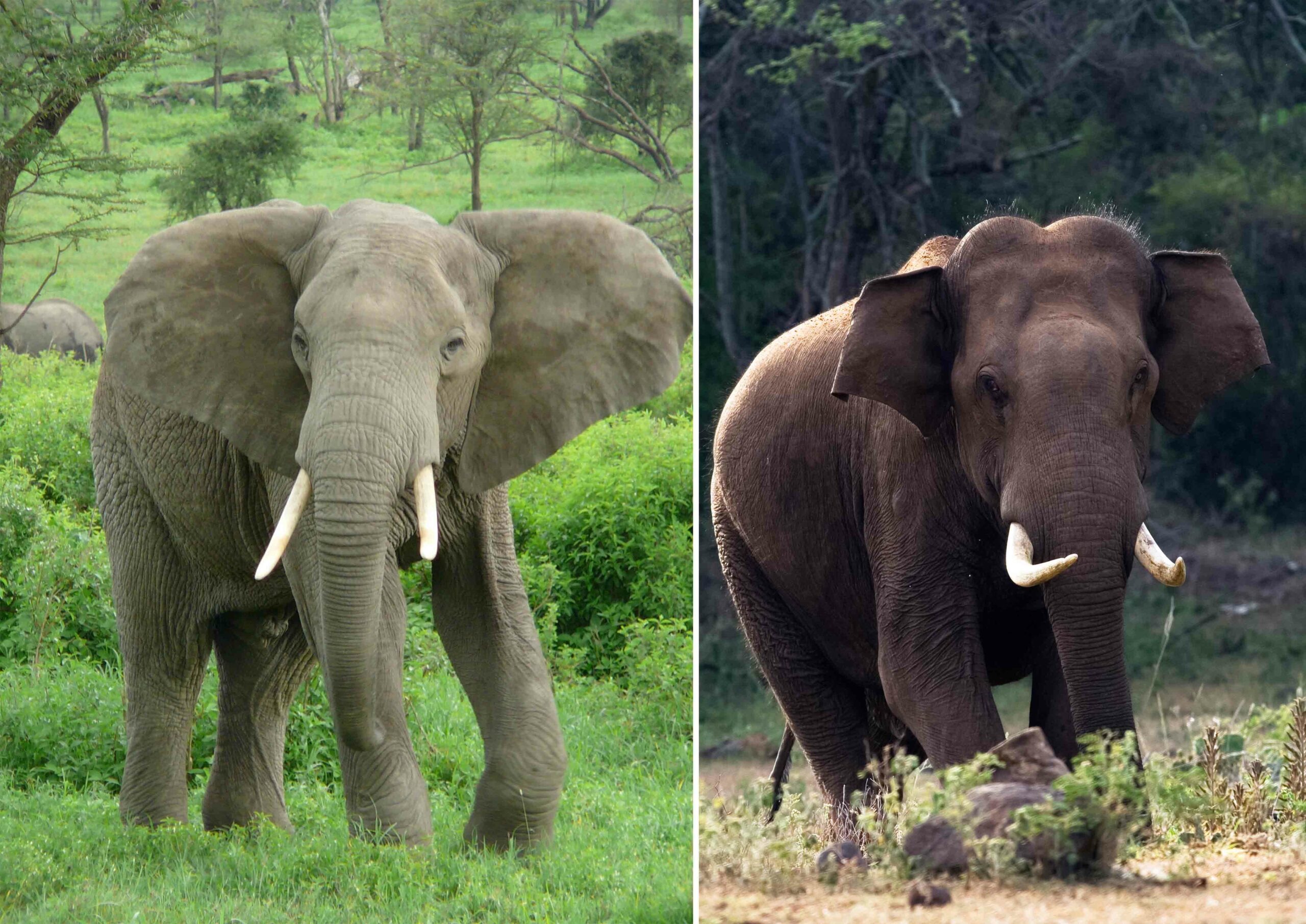 (N.A. Nazeer/Wikimedia Commons, Wikimedia Commons)
(N.A. Nazeer/Wikimedia Commons, Wikimedia Commons) -
Digs & Discoveries
England's Oldest Footprints
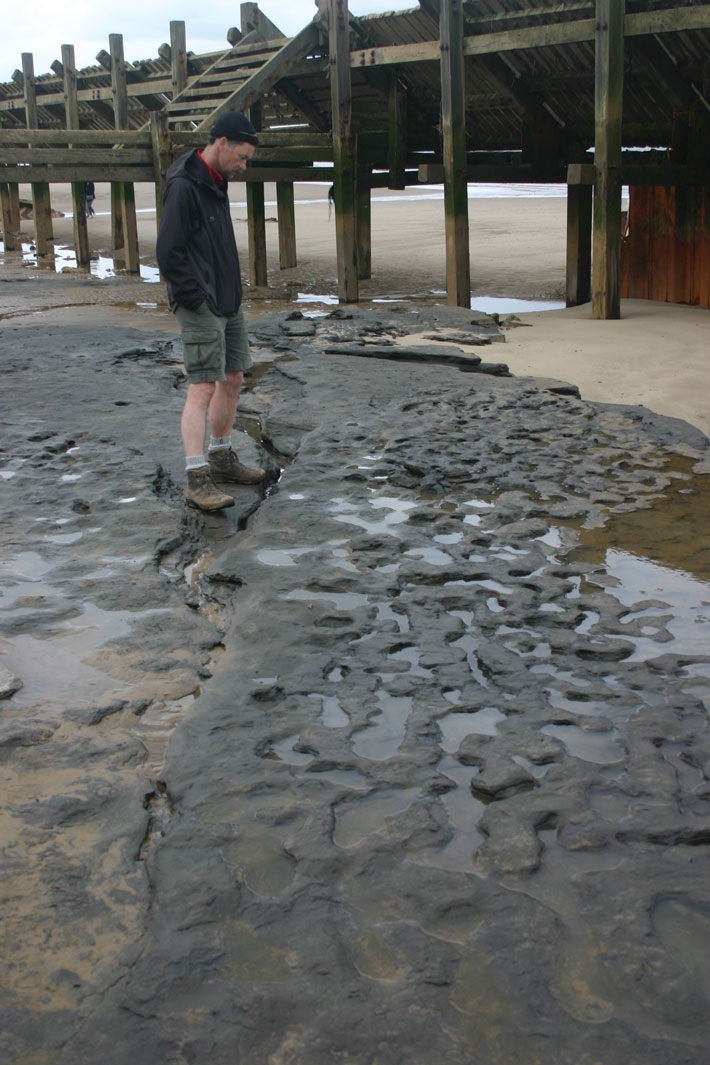 (Courtesy Happisburgh Project)
(Courtesy Happisburgh Project) -
Digs & Discoveries
Secrets of Bronze Age Cheese Makers
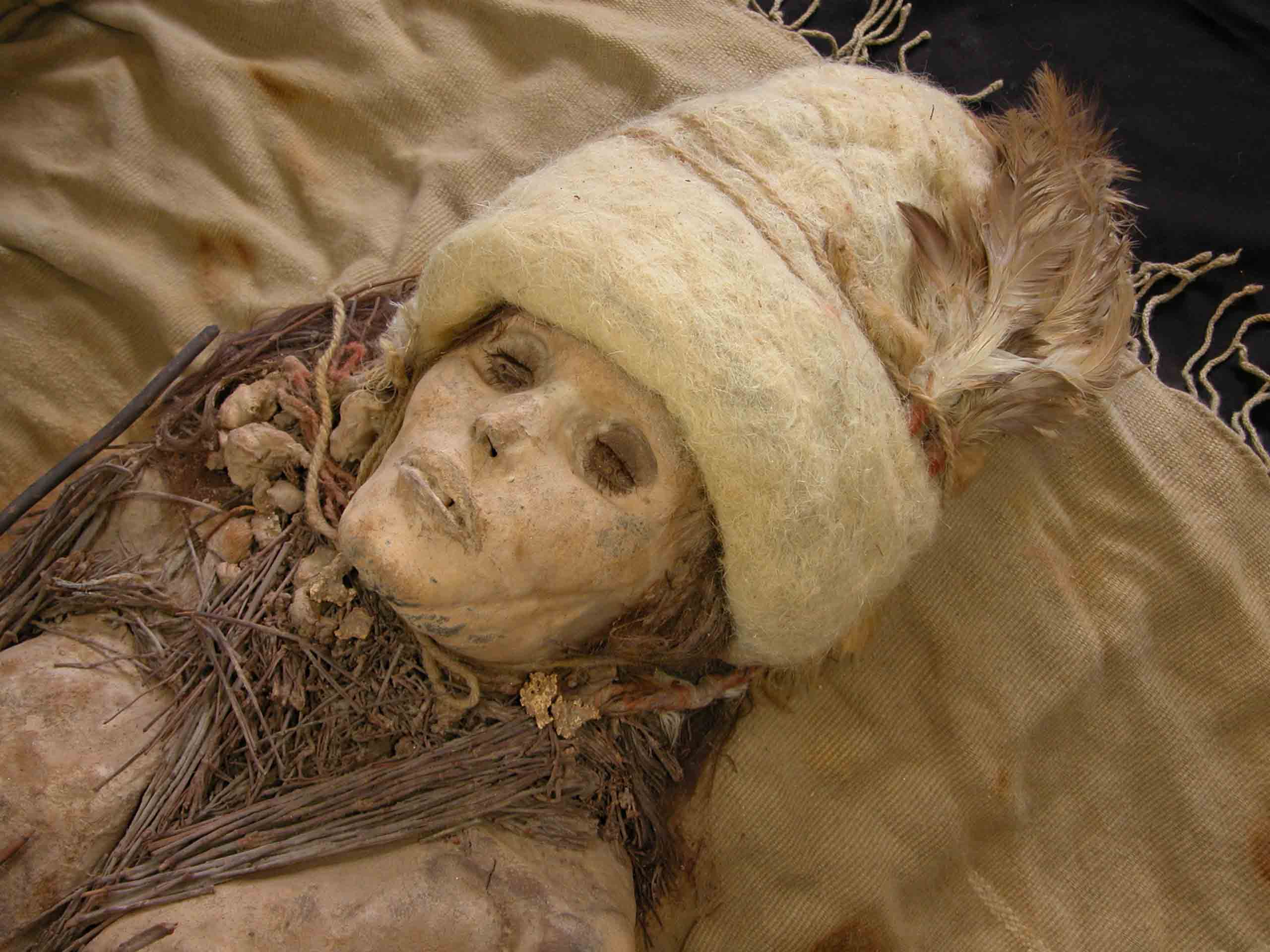 (Photo: Yusheng Liu, Photo)
(Photo: Yusheng Liu, Photo) -
Digs & Discoveries
Our Lady of the Lake
 (Getty Images)
(Getty Images) -
Digs & Discoveries
Big Data, Big Cities
 (iStockphoto)
(iStockphoto)
Off the Grid
Off the Grid May/June 2014
Caddo Mounds, Texas
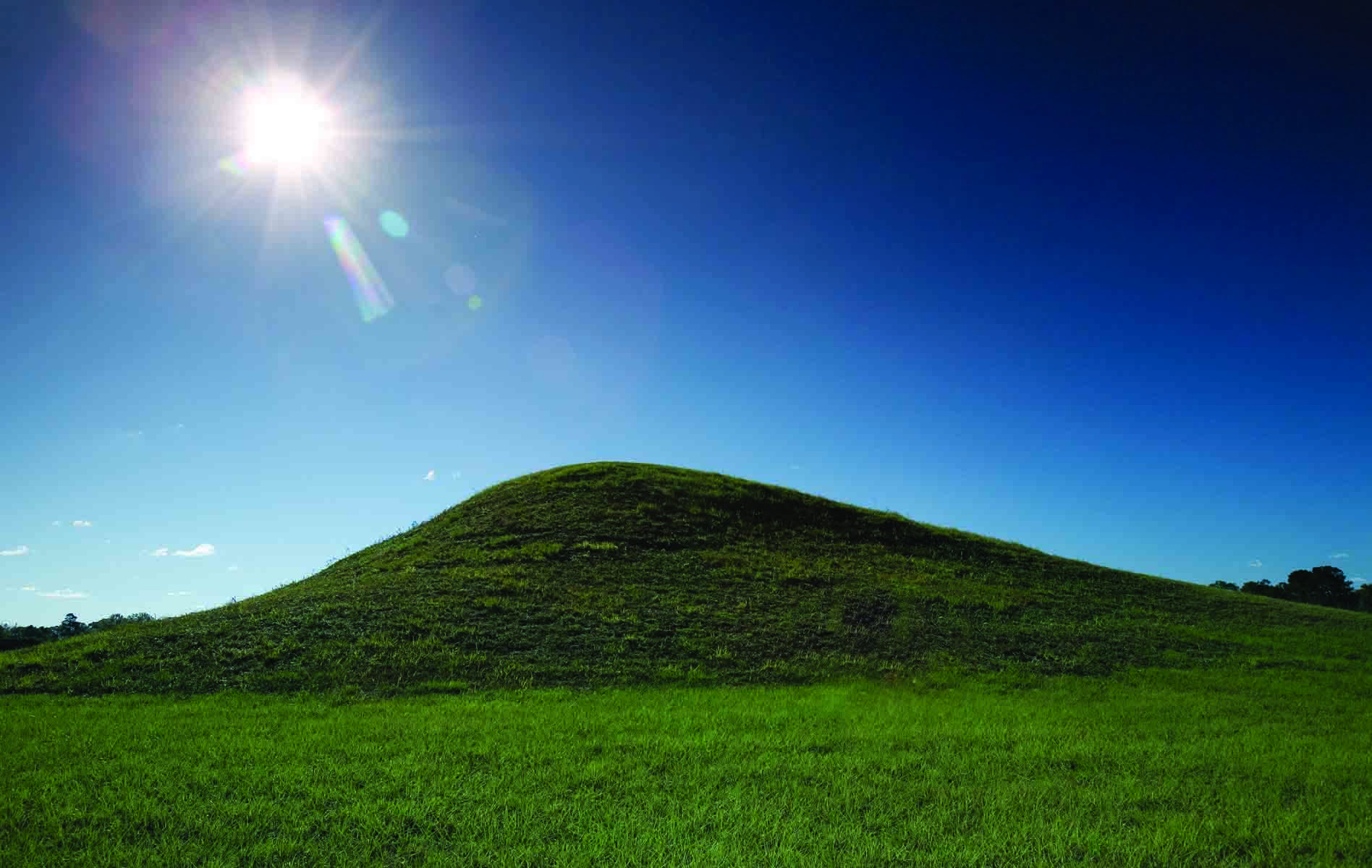
Around the World
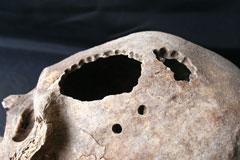
PERU

PERU: A new study of dozens of skulls from the south-central Andes examined the practice of trepanation, or the surgical removal of a portion of the skull. Researchers theorize that the practice arose following the collapse of the Wari Empire around A.D. 1000, which may have brought increased violence and health problems that required new, and sometimes radical, treatments. The study shows that primarily adult men were eligible, that scraping offered better outcomes than drilling, and that some skulls were used for practice after death. —Samir S. Patel

GUADELOUPE

GUADELOUPE: Coastal erosion on the island of Grand-Terre has put a colonial-era graveyard at risk. The beachside cemetery has been known since the 1990s, when a skull with a slave collar surfaced. Archaeologists have now revealed almost 50 graves, including an individual with cut incisors, suggesting African origins. It is estimated that hundreds more graves remain, as the cemetery was used for around a century. The French territory had a large population of slaves working on sugar plantations until the mid-19th century. —Samir S. Patel
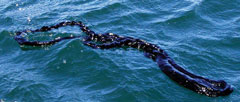
CALIFORNIA

CALIFORNIA: Bitumen, or natural petroleum tar, has been a useful material around the world for thousands of years. In the Channel Islands, the Chumash used it as long as 8,000 years ago as an adhesive or to waterproof baskets or boats, but the islands have no terrestrial source. They could have traded for some, but scientists applied geochemical analysis and traced samples used by the Chumash back to a petroleum seep 25 miles offshore. The bitumen washed ashore in the form of “tar balls” or “tar whips.” —Samir S. Patel

